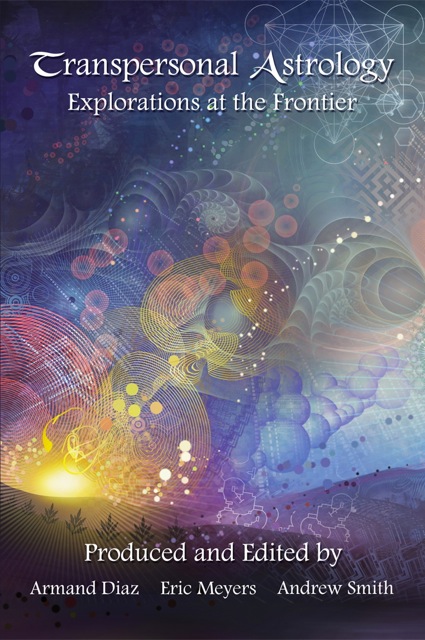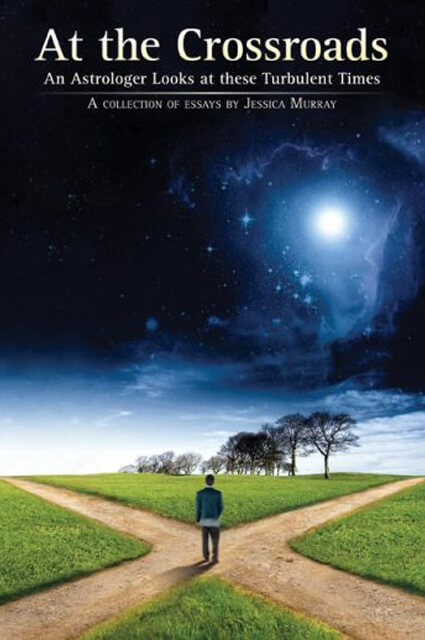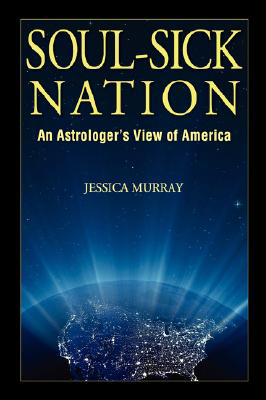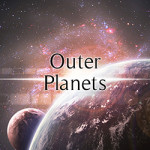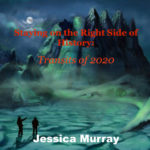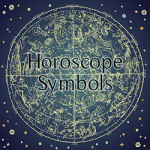Half the sky in Leo
Pyro-philes and party people, rejoice. Half the planets in the sky will be in Leo at some point during August.
The rosy-cheeked optimism of fire comes sprinting onstage at the outset of the month in the form of a Jupiter-Sun trine. The Sun being in Leo, which it rules, and Jupiter being in Sagittarius, which it rules, means they’re each in their very favorite places to be. And anyone with planets around the tenth degree of Aries gets major bonus points: the trine in the sky will form a Grand Trine to your own natal placement, blessing you with a conflagrant consummation of some kind.
The Leo line-up has some interesting subplots. The Sun, of course, is here every year at this time. Mercury enters Leo on the fourth. Particularly noteworthy is that Saturn, which has been in Leo for a couple of years (see July’s SKYWATCH), will now occupy the same degree as Venus, which retrogrades back into Leo on August 8th. This grouping will climax on the 12th of August, when the Moon enters the fray for its monthly rendezvous with the Sun: the New Moon. The conjunction of Venus with Saturn reaches exactitude the day after this.
First of all, Venus’ retrogradation pulls her back into shadows she’s not used to. Among all the eight planets (the Sun and Moon never go retrograde), Venus retrogradations are the least frequent. Traditionally, a retrograde period is a call to review whatever is governed by the planet in question: in this case, that means personal priorities, social values and relationship criteria. We are given this relatively rare period to redefine our definition of love and attraction.
But it is the Saturn-Venus conjunction, amplified and sensitized by the New Moon, that will grab our attention on a heart level. (This won’t be the first time this cycle that they have conjoined, but it may feel like the most significant. Venus first met up with Saturn on July 1st; this is the second hit; the third will be on October 13th.)
What’s love got to do with it?
For a couple of weeks in the middle of August we may feel that relationships are more trouble than they’re worth. This is a passing transit and the feeling it provokes is a fleeting one; so there’s no need to give it more melodrama (negative Leo) than it’s worth. But the transit has a point to make that outstrips the duration of its exactitude: relationships are work. They are play, too (a fact that all this Leo will hardly let us forget); but the truth is that relating involves demands on not just our time but on our emotional, psychic, and behavioral energy.
Despite the negative lore with which this transit has been maligned through the ages, the Saturn conjunction is not there to put a wet blanket on the fire of love. Its point is not to prove that our friends have faults, as if we needed any proof of that; nor is it any more of a prod than we should need to admit the flaws in our own relating patterns. Saturn is by definition about flaw, and Venus is the planet of relationship. So their conjunction is a teaching about the inherent difficulty of pulling off interpersonal mirroring without projecting completely onto the other person and forgetting they’re an alter ego. That is: that other person is you, in the mirror Venus is holding up. Every act of relating contains the risk of forgetting this, which is why it’s a game not for the faint of heart.
But it is not as if the transit’s cosmic purpose were to make us all worried about being alone and lonely (though this often seems to be its effect, especially with women; who, whether one chalks it up to nature or nurture, tend to prioritize relationships – often making them the center of their lives — far more than men do).
Rather, the transit’s function is to ask us to apply simple realism to the social arena, an arena that is rarely called to the standards of pragmatism that we unhesitatingly apply to just about every other aspect of our lives. Approaching our relationships — whether romantic or non-romantic — with common sense will fulfill Saturn’s true purpose: that of strengthening those bonds that are truly useful to our lives. On the other hand, if our social calendar is awash with relationships that are devoid of psycho-spiritual use-value (i.e. ones that don’t match our soul-growth needs right now), the transit may trigger an estrangement. The more in touch we are with our inner promptings, the more this estrangement will feel organic and natural. So it is with all transits. If we are giving our energy to rapports that can’t handle adult functioning (e.g. ones that don’t have solid boundaries), they may be eliminated now. The skills this transit teaches include learning how to anticipate the consequences of reneging on agreements. It can help us cultivate the patience required by long-enduring commitments.
The transit may also recommend that we take a break from close relating for a while. Solitude is healthy every now and again, and should not be equated with loneliness.
Collective myth-busting
The Saturn-Venus-New Moon grouping is not just about personal relationships, however; something transpersonal is happening at the same time. The strangely soulful quality of this period comes from the opposition of Neptune to the Leo cluster.
Neptune has been opposing Saturn for about three years now, and has been especially strong whenever Leo planets have been involved (there was a period like this at the end of August 2006). These groupings bring to a head the tug of war between reality and unreality, which, in this instance, applies particularly to our assumptions about relating.
For example, the “reality” of a given relationship may be the statistically probable outcome if things keep going in the direction they’re going; whereas its “unreality” may derive from the ideals about relationship in general which had us in their thrall long before the individual in question showed up. These two views will seem to clash more wildly than usual. But our wistful hopes and our day-to-day hassles do not cancel each other out; they are just vying for prominence in a heightened way. The transit in the sky is trying to get us to take sharp notice of the difference between these two ways of viewing human relating – we all harbor them both – in order to better understand the give-and-take between dreams (Neptune) and just-what-is (Saturn).
On the level of collective consciousness, over the course of the Saturn-Neptune opposition there has been a blindingly harsh recognition in the mass mind of the disparity between the official stories Americans are taught to believe (e.g. our leaders are guardians of our democracy) and the actuality (the Scooter Libby take-the-fall-and-then-get-out-of-jail-free business and the stonewalling over the firing of federal judges being two recent examples). All over the world, there has been a dismantling of fairy tales spun by powers-that-be: a disillusioning but healthy development.
All this erasing of faux-realities sets the stage for the great Cardinal Crosses in the years ahead. Transits such as this month’s are the prerequisite classes humanity must take in order to be ready for the intensive studies to be taught during the 2010s.
Many loners make a multitude
Many astrologers associate the several-years-long Saturn-Neptune period with a concretized popular acceptance (Saturn) of universal ecological crisis (Neptune). The New Moon this month offers us a sense of new beginnings, as New Moons always do. The focus is now on what we’ve learned over the past few years about the environment.
The work of Paul Hawken1 comes to mind here. Even the title of his latest book, Blessed Unrest: How the Largest Movement Came into Being and Why No One Saw it Coming, has a distinctly Neptunian ring. He has historicized and quantified (Saturn) hundreds of environmental and social justice movements that have been pushing their way into the collective consciousness over the centuries and especially over the past several years. In the main, the public’s awareness of these groups has typically been splintered and confusingly random (Neptune). A glance at the Hawken compilation provides a sense of the scope and sheer scale of all the diligent efforts being expended to save the Earth. Free-floating anxiety (Neptune) is replaced with solid, perspective-bestowing knowledge (Saturn).
For example, Hawkens compares the economic arguments used by slave owners in the 18th-Century with the economic arguments Big Oil uses today to justify the degradations imposed upon the Earth by digging up fossil fuels. The core similiarities (Neptune) he finds between groups as varied and separate (Saturn) as prison reformers to electronic-voting-machine dissenters replicates, in a very timely and useful way, the deeper meaning behind the opposition: that divided pieces make up universal vision. Viewing the website he has put together — sort of a Wikipedia for Lightworkers: www.wiserearth.org — acts as a balm to the soul of those who are used to thinking of themselves as lone voices in the wilderness.
The New Moon of August 12th is an appropriate time to consider the disparity between feeling alone (Venus, Saturn) in whatever imagined wilderness (Neptune) we have fashioned for ourselves, and committing to deliberately dispelling that illusion by pooling our energies with others.
________________
Notes:
1One of the partners behind the garden store, Smith & Hawken, Paul Hawken now runs a think tank called the Natural Capital Institute in Sausalito, California.


